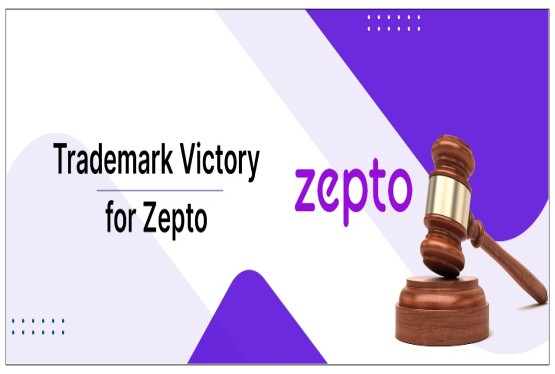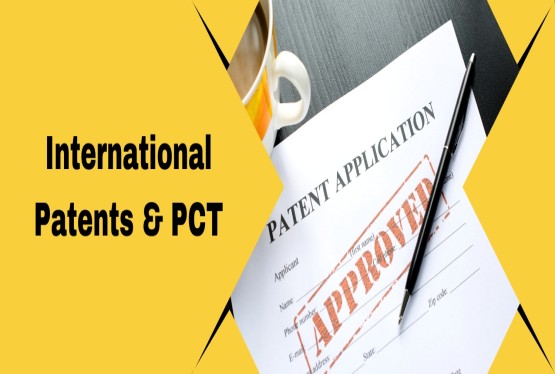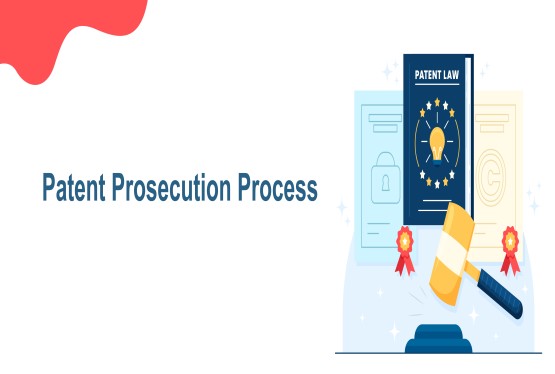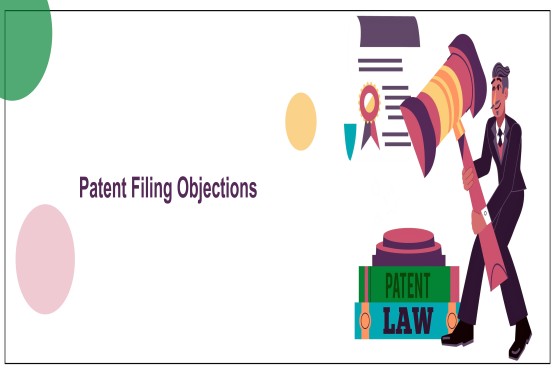WIPO stands for World Intellectual Property Organization, is an affiliated agency of the United Nations that has dedicated itself to promoting the protection of intellectual property across the globe. WIPO leads the development of a balanced and accessible international IP system, encouraging innovation and creativity.
WIPO was founded in 1967 and has its headquarters in Geneva, Switzerland. Basically, it operates for the promotion of creative activity and the protection of IP everywhere. It administers several international treaties and agreements about IP and has its 193 member states that provide a platform for cooperation and policymaking.
Historical Background
WIPO traces its roots in the late 19th century by establishing, on one hand, the Paris Convention for the Protection of Industrial Property in 1883 and on the other, the Berne Convention for the Protection of Literary and Artistic Works in 1886. WIPO established uniform systems of protection among member states on Patent, Trademark, and Copyright.
WIPO Convention was adopted in 1967. It officially gave form and structure to the organization known today. WIPO gained the status of a specialized agency of the United Nations in 1974 that further enhanced its position among the international community.
Key Activities and Objectives
WIPO's ultimate objectives are:
Administration of International Treaties a. Treaties
WIPO has 26 international treaties. It covers many intellectual property fields such as patents, trademarks, industrial designs, geographical indications, and copyright. Some examples are the Patent Cooperation Treaty (PCT), the Madrid System for the International Trademark Registration, and the Hague System for the international registration of industrial designs.
IP Policy and Cooperation
WIPO provides its member states with a channel for negotiating and developing international policies and standards on intellectual property. It allows an airing of emerging issues of interest in IP through a wide range of committees and working groups so that the international IP system remains relevant and effective.
IP Services and Infrastructure
WIPO offers a range of services designed to help individuals and businesses protect their intellectual property outside of their countries. These services include filing and registration of patents, trademarks, and industrial designs through the PCT, Madrid, and Hague systems. WIPO offers access to international IP databases, including PATENTSCOPE and the Global Brand Database.
Capacity Building and Technical Assistance
WIPO has been helpful to the developing world in building its capacity to enforce and protect intellectual property rights. Through technical assistance programs, WIPO provides training, resources, and expertise to help countries build effective laws, institutions, and mechanisms of enforcement for IP rights.
Conflict Resolution
WIPO operates the WIPO Arbitration and Mediation Center, which conducts services for alternate dispute resolution outside of judicial process on IP disputes. WIPO provides dispute resolution service of domain names, trademarks, patents, and other rights in IP through an inexpensive and efficient process.
Impact and Successes
WIPO has taken a highly important role in such an IP landscape throughout the entire world in developing and even harmonizing standards and laws connected to IP on the global field. Among them would be:
Strengthening IP Protection
WIPO has made creations and inventions safer to be used by inventors and creators as well as businesses at home and abroad through its treaties and agreements on border protection of intellectual property.
Developing creativity and innovation
WIPO has fostered innovation and creativity in a balanced and effective global IP system that has promoted economic growth and development. Measuring and benchmarking the performance of innovation globally is made possible by a very useful tool, such as the Global Innovation Index developed by WIPO.
Access to IP Information
WIPO's global databases and information services have made it possible for people and businesses to do searches with patents and trademarks easily. These help in the research and development of inventions and innovation and keep innovators abreast with the latest updates and decisions to strategize further.
Problems and Future Perspectives
Despite these achievements, WIPO faces many challenges from a changing IP landscape:
New Emerging Technologies
WIPO faces new challenges with regards to very fast acceleration in technology developments, including AI, blockchain, and biotechnology, to transform and set policies, make IP law relevant and applicable.
Balancing the Interests
WIPO balances the interested parties concerned with the creators, businesses and the public at large-that include topics as medicines accessibility, digital piracy, matters related to traditional knowledge, and cultural expressions protection, among others.
IP Enforcement Stiffening
Real challenges exist in the enforcement of rights to IPs, most particularly amongst developing countries. WIPO must further improve the capacity of the member states in implementing IP laws and fight counterfeiting and piracy.
Cases and Decisions
There are various landmark cases which have helped guide the interpretation and implementation of WIPO administered treaties. For example, the protection of a trademark by a new world of media was established in the case "facebook.org" under the "Uniform Domain-Name Dispute-Resolution Policy".
Conclusion
The World Intellectual Property Organization would be the key player in building the global IP system. This will create an atmosphere of innovation and creativity and protect intellectual property rights. For that, WIPO, about the new and ongoing changes in the IP environment, should respond and pace with the evolving change in the IP environment and make a balance among diverse interests of all the stakeholders, promoting a dynamic and inclusive global IP system.
FAQs
Q1. What is WIPO and what does it do?
Ans. WIPO is a special agency of the United Nations that promotes the protection of intellectual property (IP) worldwide. It administers international treaties, promotes cooperation on IP management among Member States, and provides services such as licensing, trademark and design registration and dispute resolution
Q2. How does WIPO benefit manufacturers and companies?
Ans. WIPO helps manufacturers of goods and services protect inventions, designs and creative works through international agreements and projects. This allows them to securely trade their IP globally.
Q3. What are some of WIPO’s major achievements?
Ans. WIPO has strengthened IP protection globally through treaties, fostered innovation with a balanced IP framework, and made IP information accessible and accessible Tools such as the Global Innovation Index help facilitate measured and compared to global innovation.
Q4. What challenges will WIPO face in the future?
Ans. WIPO should transform new technologies such as AI and biotechnology by putting in place appropriate policies. Besides balancing the interests of manufacturers, entrepreneurs and the public by addressing issues such as access to medicines, digital piracy and protection of traditional knowledge, the use of IP rights, especially in countries a now they are developing, is a challenge.
Q5. How does sensitive information affect the work of WIPO?
Ans. Cases such as "facebook.org" and "Yahoo! Inc. v. La Ligue Contre Le Racisme et l'Antisémitisme" have shaped how WIPO interprets and enforces its treaties. These articles address issues such as trademark protection in the digital age and balancing free speech and IP rights across borders.






























_(b)_of_the_Trademark_Act,_1999_(1)_crop10_thumb.jpg)



_crop10_thumb.jpg)




























_crop10_thumb.jpg)
_crop10_thumb.jpg)






_crop10_thumb.jpg)








_crop10_thumb.jpg)



_crop10_thumb.jpg)





























_crop10_thumb.jpg)

















_crop10_thumb.jpg)






_crop10_thumb.jpg)











































































































































_crop10_thumb.jpg)




































_crop10_thumb.jpg)












_crop10_thumb.jpg)















































_crop10_thumb.jpg)











































































